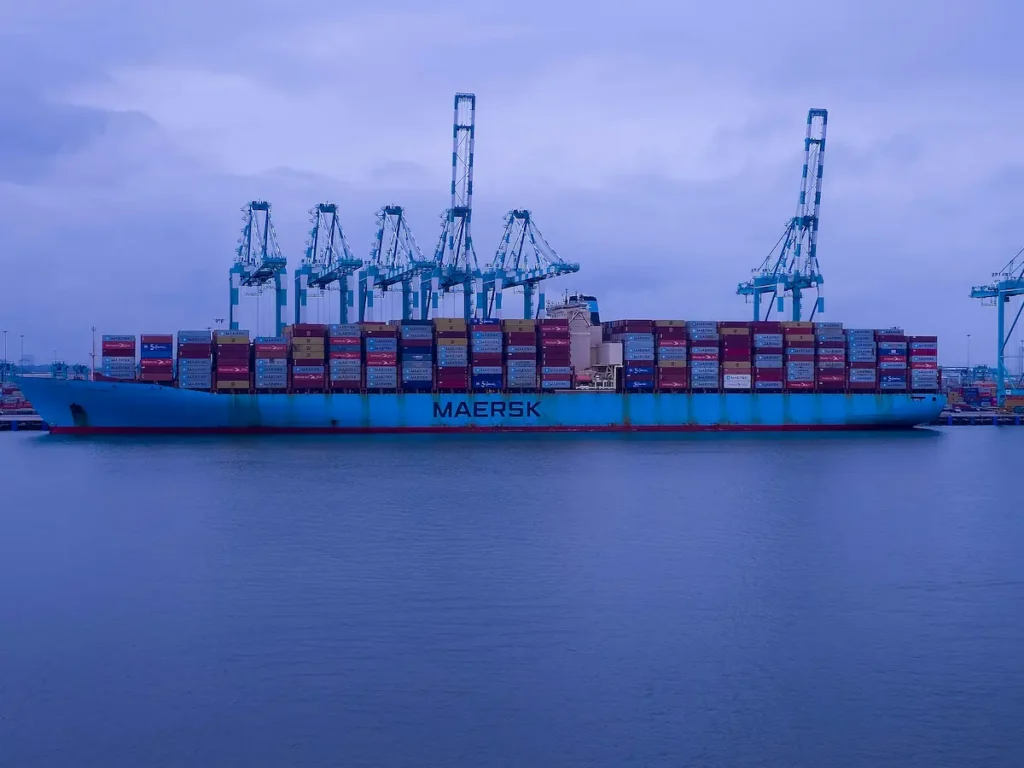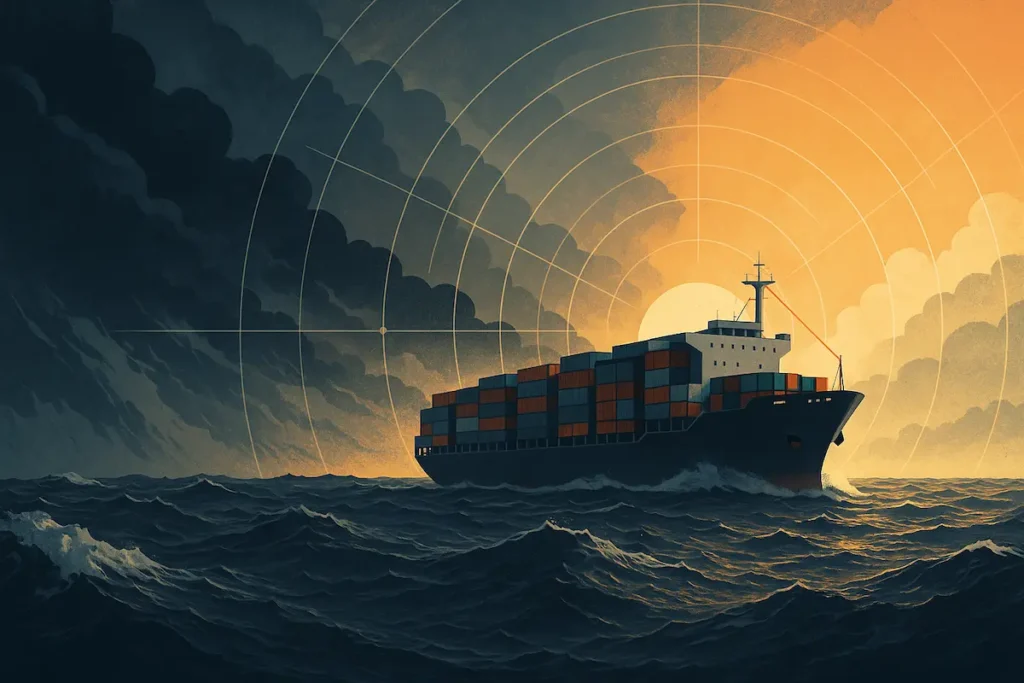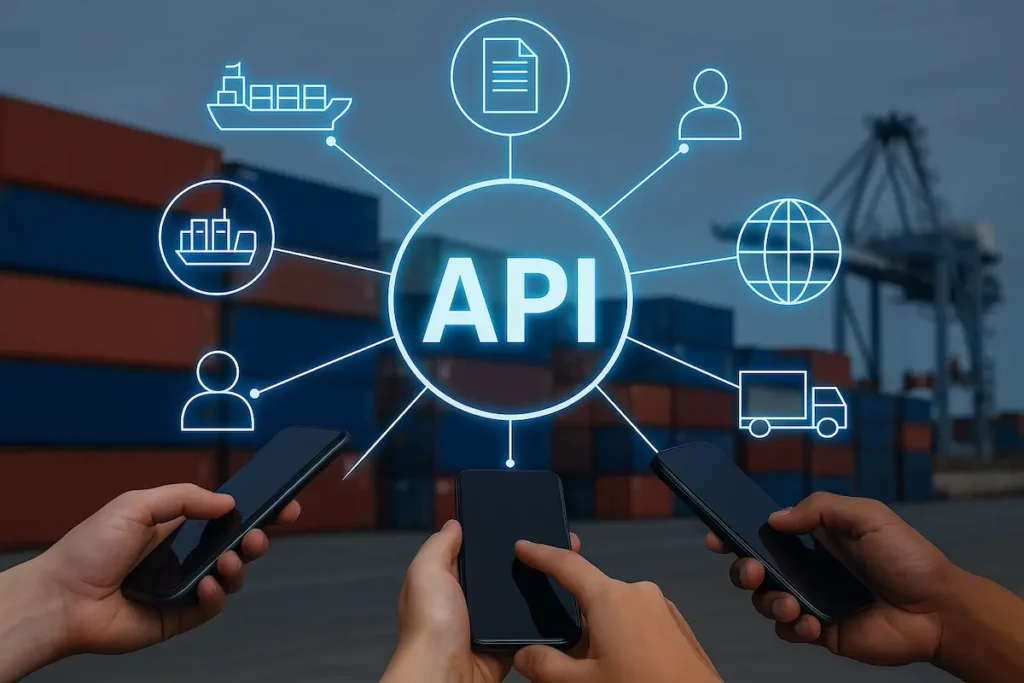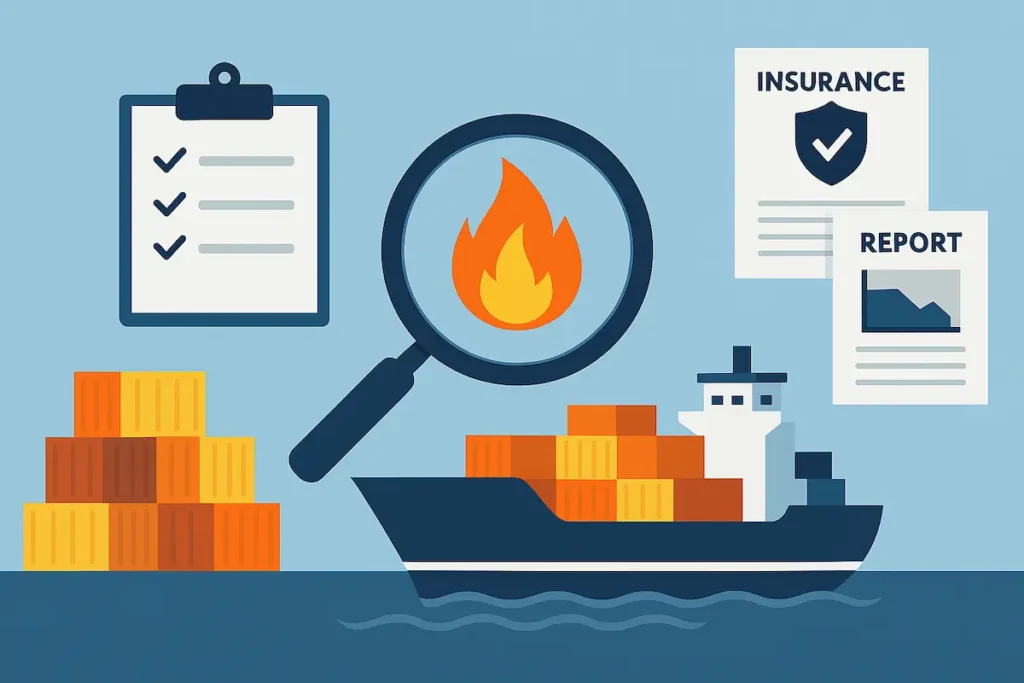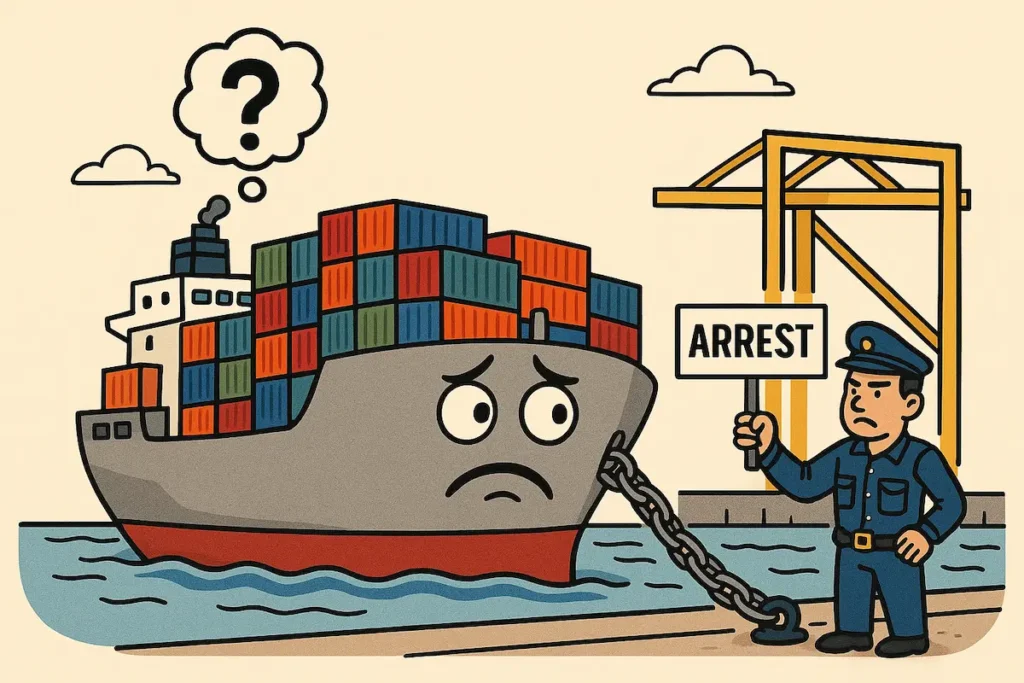The latest Asia-Pacific Freight Report for April 2025 by Dimerco offers timely insights into how economic signals, policy changes, and seasonal dynamics are shaping the flow of goods across the region.
While the report goes into considerable detail across air and ocean freight trends, here is a curated perspective on some overarching themes shaping supply chain decisions in April 2025.
Manufacturing is steady but sensitive
As per Dimerco, the global manufacturing PMI showed a slight uptick, rising to 50.6 in February 2025—a marginal improvement, but one that reflects cautious optimism.
Several economies such as India, Indonesia, and Taiwan maintain growth momentum in their manufacturing sectors, while others, including Japan and Australia, remain on the lower end of the spectrum.
However, the positive outlook is tempered by growing geopolitical uncertainty and the increasing influence of trade policy on production and movement patterns.
Air freight – unstable demand amid shifting capacity
In the air freight market, capacity continues to shift regionally, with Southeast Asia receiving increased attention due to sustained intra-Asia manufacturing and transshipment activities.
However, e-commerce volumes remain subdued, particularly on transpacific routes. This has resulted in continued cancellations of block space agreements and excess capacity in certain lanes.
There was a brief rate surge in March—driven largely by shippers pushing cargo ahead of anticipated US tariff announcements—but this momentum has since leveled off. Industry expectations suggest a continuation of current conditions unless there is a meaningful rebound in demand or regulatory intervention.
Taiwan and South Korea have seen heightened activity in air exports—largely due to the tech and electronics sectors requiring early booking strategies to manage limited space and fluctuating fuel surcharges.
Ocean freight sees a mix of capacity, regulation, and cost
The ocean freight sector continues to experience pressure from multiple directions. On one hand, overcapacity stemming from new vessel deliveries is placing downward pressure on freight rates.
On the other, increasing regulatory costs—driven by initiatives such as the EU ETS and IMO’s CII—are pushing carriers to adjust strategies, including the adoption of slow-steaming practices and blank sailings.
A notable trend is the increasing reliance on Southeast Asia as a manufacturing and export base. This is in part due to shifting supply chains away from China, but it also reflects strategic diversification by many global shippers.
That said, the market is not without risk. Port congestion in Europe, potential US port taxes on Chinese-built vessels, and infrastructure constraints in high-growth intra-Asia routes are all contributing to an environment that requires careful planning and agile execution.
Strategic planning required in Asia-Pacific
Based on Dimerco’s observations, each sub-region in Asia Pacific presents its own set of variables:
-
- Mainland China and Hong Kong are experiencing relatively stable capacity and rates, though longer-haul ocean routes continue to see rate erosion.
- Vietnam, Thailand, and the Philippines are entering holiday periods, which typically result in tightened capacity and short-term rate increases—especially in air freight.
- Malaysia and Indonesia are managing customs changes and seasonal commodity movements that could affect both transit times and costs.
- Australia is seeing declining ocean rates across major lanes, while intra-Asia airfreight demand remains firm.
- North America and Europe are grappling with port congestion, tariff-driven shifts in sourcing, and increasing intermodal constraints, all of which have a downstream effect on Asia-Pacific flows.
Conclusion
The Asia-Pacific Freight Report for April 2025 by Dimerco paints a picture of a freight market that is navigating uncertainty with a mix of resilience and realignment. From policy developments to production relocations, the region remains dynamic—and potentially disruptive.
While the full report by Dimerco goes deeper into each market and mode, it is clear that planning ahead, engaging closely with freight partners, and staying informed on evolving trade regulations will be essential in the months ahead.
For shippers, forwarders, and logistics stakeholders, this is not the time to adopt a wait-and-see approach. It is a time for informed, proactive engagement.



